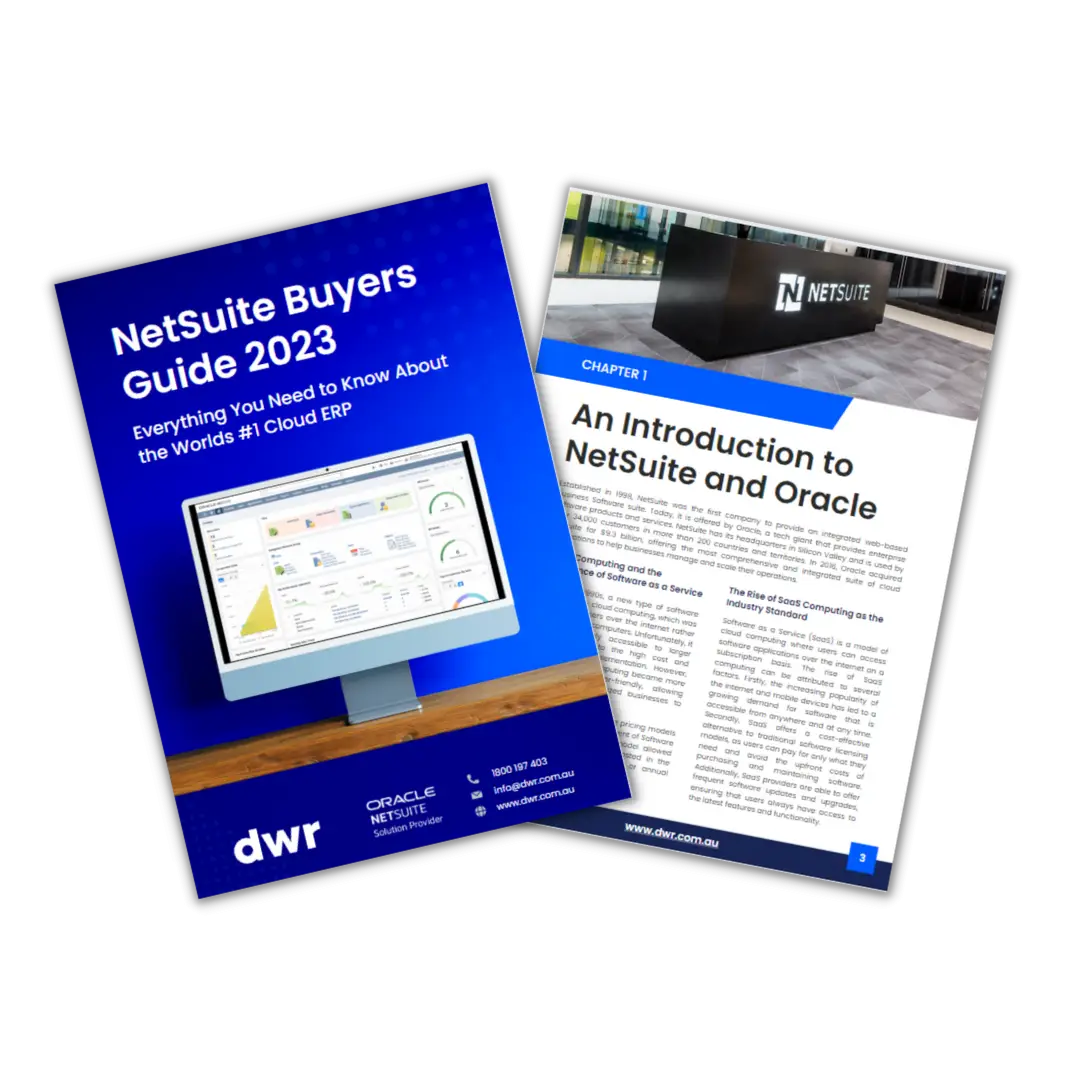1
.svg)
Become a Referral Partner
1
Download the Ultimate Buyers Guide to NetSuite ERP

Navigating the diverse landscape of ERP software solutions can be daunting. With the NetSuite Buyer's Guide, you'll gain access to insider knowledge that empowers you to make the best decisions for your company.